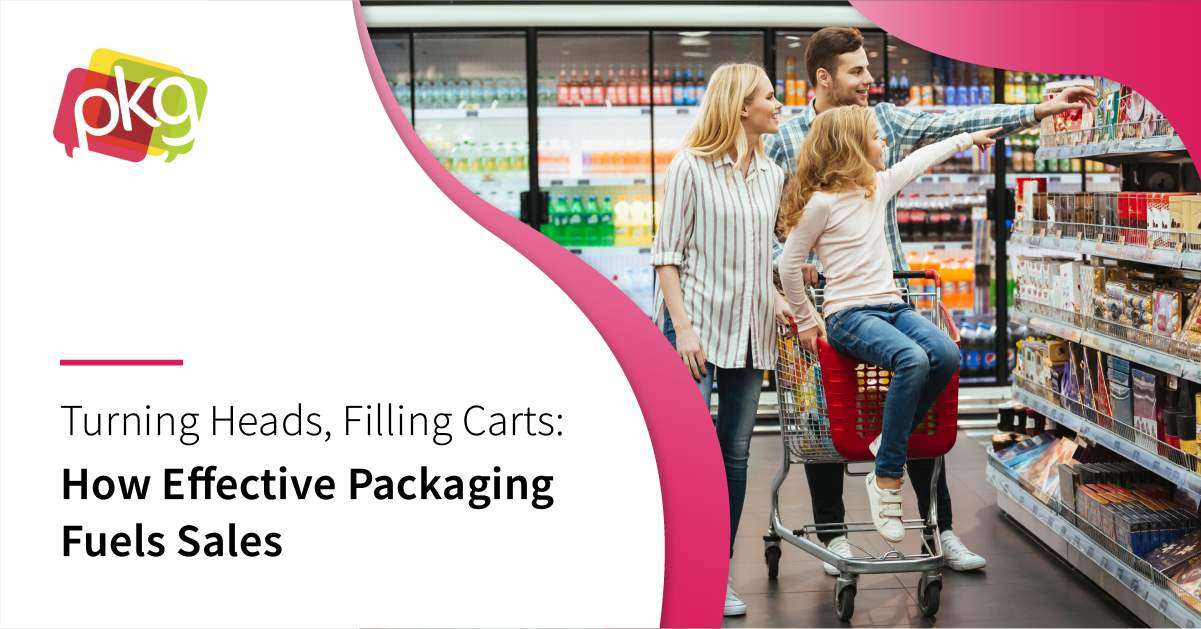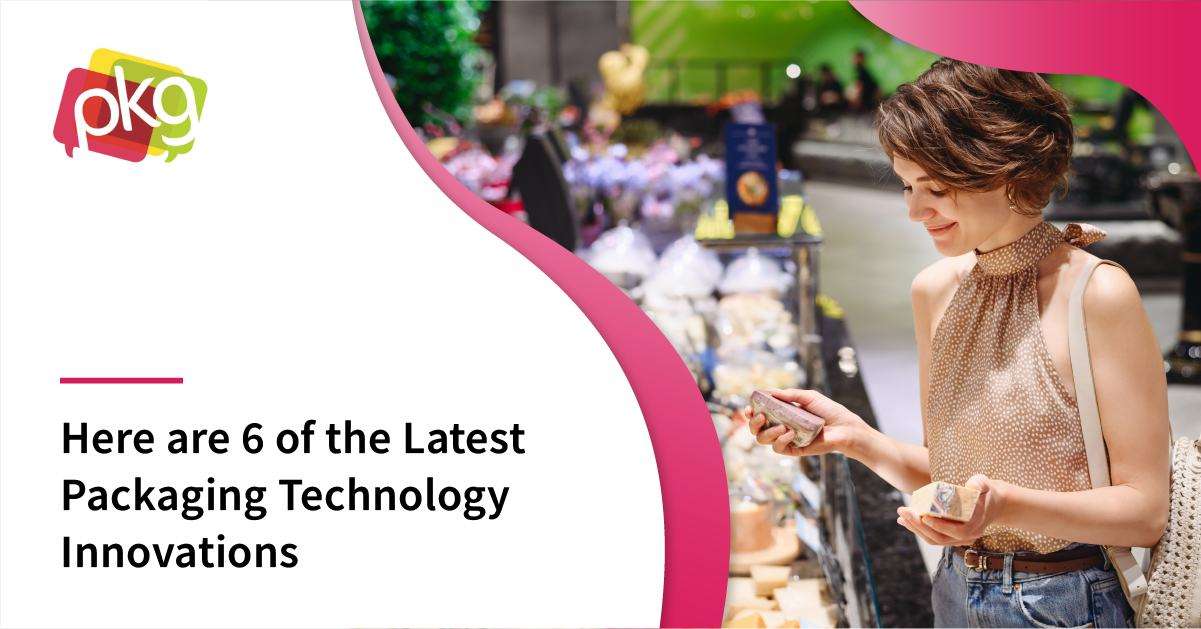-min.png?width=1200&height=628&name=1%20(1)-min.png)
Packaging for consumer packaged goods, or CPG packaging, is a key part of any ecommerce business. It’s what protects the products that you sell and allows them to reach the consumer in good condition.
It’s also part of the cost of business. Making your packaging optimally efficient, yet protective of your products, is one of the core challenges of packaging design. Packaging for ecommerce is part of your consumer brand. It’s not just a box: it tells the customer who you are and what you value.
Right-sized Packaging Sends the Right Message
We’ve all unwrapped packaging that looks like a nested doll - boxes upon boxes until you get to the center of the package, where a tiny object sits surrounded by packaging. The best packaging is the right size for the job. It protects the item inside and saves on shipping and materials, reducing your environmental impact.
As you consider your CPG packaging options, avoid using excessive packaging materials. Efficiency in packaging keeps your product safe by minimizing movement. It also gives a positive environmental message to customers, letting them know that you are trying to minimize potential waste and transportation emissions.
-min.jpg?width=1200&height=800&name=2.jpeg%20(6)-min.jpg)
Protective Materials Ensure a Safe Delivery
Delivering a product safely and quickly saves your business money on returns and keeps your customers happy. While some goods are relatively easy to ship, othersrequire delicate handling. A successful ecommerce transaction means that your CPG packaging protects the product until it arrives safely in the hands of the customer.
As you develop a plan for your packaging materials, consider how you will protect the product inside using materials such as bubble wrap, packing peanuts, or air pillows to safeguard products during transit. Test the product, packaging, and shock absorption prior to shipping the products so that you know that there will be a minimal risk of damage.
Clear Labeling Enhances the Customer Experience
With the increase in home deliveries for consumer goods, there is an increase in the downside of home delivery. Lost products frustrate your customers. On the other hand, fast and efficient customer service makes your customers feel that you are a reliable company that can provide them with essential products in an efficient manner.
CPG packaging must have clear labeling to get to the customer. As you design your CPG packaging, ensure that it is easy to add the shipping address, return address, and any necessary barcodes or tracking information. Shipping labels and the packaging material should be easy to put together. Test your packaging to ensure that labels stick easily and won’t come off during shipping.
Ensure that labels are legible and securely attached to the package. This helps prevent delivery issues and improves the overall customer experience.
Branding Draws Customers In
When a customer walks into a store, they have a customer service experience that involves people and place. They connect with your brand in three dimensions, walking the aisles and talking with your staff. This helps them engage with your brand.
How can you replicate the brand experience that a customer would get in a store for e-commerce? Clear branding on your website, top-notch customer service, and branded packaging that completes the customer experience give your customers a cohesive feel of your brand.
As you create packaging for ecommerce, consider incorporating your brand elements, such as logos or taglines, on the packaging to enhance brand recognition and create a positive unboxing experience for customers. The packaging should reflect the ethics of your brand. For instance, if you focus on reducing your environmental impact, make it clear how your packaging is environmentally-friendly.
Packaging can also be an invitation for future engagement. Make unboxing a product a delight by adding coupons, thank you notes, or free samples. This encourages customers to return to your business and makes them look forward to their next purchase.
-min%20(1).jpg?width=1200&height=675&name=3.jpeg%20(5)-min%20(1).jpg)
Sustainable Packaging Design Gives a Positive Message
Today, more customers are becoming conscious of the environmental impact of the products that they purchase. Packaging design should align with your customers’ values and your corporate values.
What is the carbon impact of the your packaging materials? Heavy packaging and multiple layers of packaging have a greater carbon cost. Packaging should be sturdy enough to protect the contents but as light as possible to save on shipping costs and transportation emissions.
The more efficient your packaging, the better it is for the environment. Decreasing the amount of material that you use while still packaging your product well helps reduce the overall impact of your product on the environment.
Finally, consider whether your packaging design is recyclable or compostable. If you choose to use many mixed materials, that packaging will be more difficult to recycle. Some traditional packaging options are surprisingly environmentally friendly: cardboard is easy to recycle, and it can also be made of recycled materials. Go a step further with compostable shipping materials that can be turned into soil in either a home compost bin or at a commercial composting facility.
Testing and Quality Control Ensure Customer Satisfaction
CPG packaging needs to be tough. As a package moves from your store or warehouse to mailrooms and finally to delivery, it moves through many hands. The goods inside must be well-protected to ensure that they are not damaged during shipping.
Conduct drop and vibration tests to evaluate the durability and effectiveness of the packaging. Regularly assess product packaging after any changes in packaging.
Finally, use your customers as the test of your packaging success. Ask for customer feedback through surveys, reviews, and social media mentions. You can use analytics on the data that you gather from customer surveys and packaging tests to track how well your packaging works for the customer.
There are many different variables to consider when you’re creating a packaging design for a product. Packaging isn’t just a way to ship your product. It’s a message that you send to the customer about what you value. Your packaging communicates with your customers. From the materials that you choose to the branding that you place on and in your packaging design, multiple factors come together to create the customer experience.
PKG Brand Design is always at the forefront of new CPG branding and packaging initiatives. Subscribe to our blog for the latest package design industry news.







